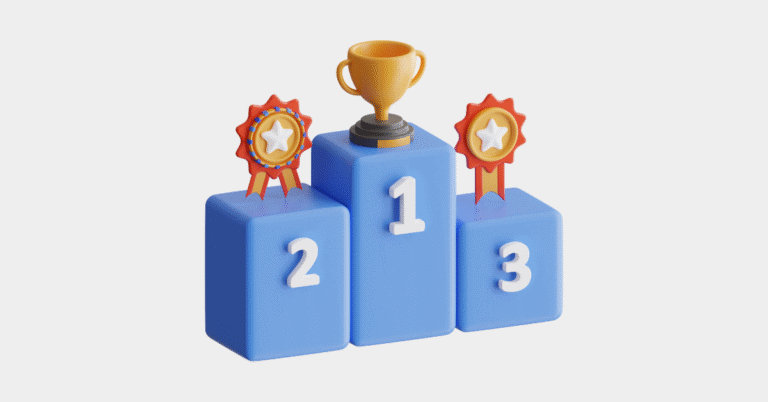In today’s marketplace, very few companies enjoy a complete monopoly. With countless options and easily accessible information, competition has become more intense and complex than ever. Challenges no longer come only from local players but also from international rivals across the globe — from Asian manufacturers to multinational corporations. This makes competitive analysis absolutely essential.
Even if you are a market leader, the biggest risk lies in becoming complacent and ignoring competitor activity. Passivity allows others to gradually capture your market share through aggressive sales tactics. That’s why a thorough competitor analysis and understanding of their business strategies is critical for identifying both threats and opportunities.
Key Questions Every Business Should Ask About Competitors
- Who are your competitors today — and who could emerge in the future?
- What is their business model and sales structure?
- How strong is the quality of their products? What are their strengths and weaknesses?
- What is their financial capacity and investment potential?
- What are their short-term and long-term plans?
- How do they structure their pricing strategy?
- How are they perceived by customers and suppliers?
Carefully tracking these parameters helps prevent market share loss while uncovering new opportunities for business growth. Comparing market data such as total sales and share enables an objective assessment of competitor strength. Learning from stronger competitors is not a weakness — it’s a chance to improve.
Anticipating Future Competitors
It’s equally important to monitor potential future competitors, especially those developing innovative technologies or preparing to enter from foreign markets. Rapid technological shifts illustrate how disruptive competition can be — from traditional cameras being replaced by digital ones to the transition from CRT to LCD and plasma TVs.
How to Gather Competitor Insights
- Websites: Many companies publish detailed information about products, pricing, and corporate values. Regularly monitoring their sites can reveal key strategic directions.
- Media: Competitors often advertise through print, radio, TV, and digital channels. Tracking campaigns uncovers promotions, discounts, and new product launches.
- Store visits: Observing competitor products in retail locations and talking to staff provides valuable insights into sales conditions and customer interactions.
- Product samples: Purchasing and analyzing competitor products reveals design, quality, and functionality details.
- Customer feedback: Competitors’ customers can share honest insights into product experience, pricing, and service quality.
- Job interviews: Candidates with previous competitor experience can offer valuable information on internal processes.
- Specialized agencies: Professional research agencies can provide in-depth competitor data and actionable intelligence.
Turning Information Into Action
Collected data is only valuable if properly analyzed and translated into actions that strengthen your market position. Otherwise, it becomes nothing more than words on paper — an expense without real results.

